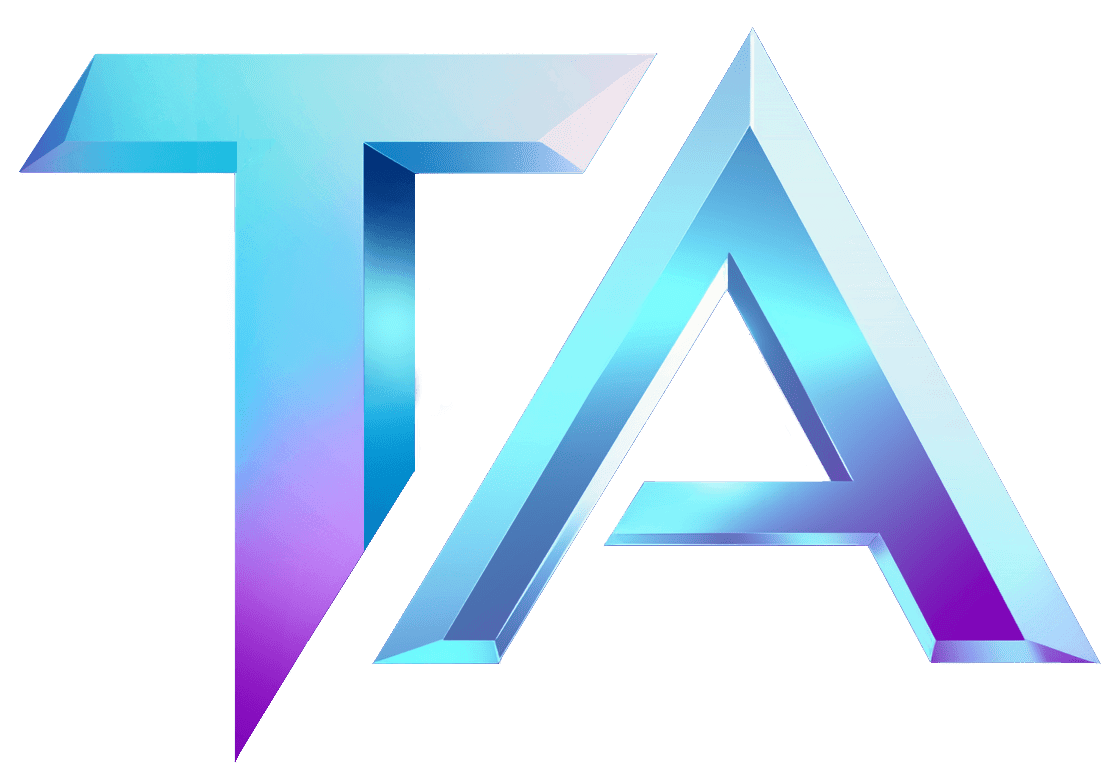Understanding Solana Token Economics – Titan Analytics

Understanding Solana Token Economics – Titan Analytics
At Titan Analytics, we’re excited to share insights into the dynamic world of Solana token economics. As a Solana validator and a platform for Star Atlas analytics, we aim to simplify complex concepts so that you can better understand the underlying mechanics of the Solana Network.
What is Token Economics?
Token economics, often referred to as "tokenomics," involves the study of how cryptocurrencies function within their ecosystems. It covers aspects such as supply, demand, distribution, and the incentives that motivate users to participate in a network. For Solana, a high-performance blockchain platform, tokenomics is crucial to its growth and sustainability.
Solana’s Unique Approach to Tokenomics
-
Total Supply: The Solana blockchain utilizes the SOL token as its native currency. The initial supply of SOL was set at 500 million tokens, with plans for gradual inflation set to decrease over time. Unlike many cryptocurrencies with fixed supply, Solana’s inflationary model encourages participation in the network’s security and governance.
-
Incentives for Validators: Validator nodes play a vital role in maintaining network integrity and processing transactions. They are rewarded with SOL tokens for their efforts. This alignment of interests is pivotal, as validators not only secure the network but also contribute to transaction validation, making Solana a fast and efficient platform.
-
Transaction Fees: Each transaction on the Solana network incurs a minimal fee, paid in SOL. This low cost encourages developers and users to engage with the network. Moreover, a portion of transaction fees is burned, reducing the overall supply of SOL over time, which can create upward pressure on price.
-
Staking Model: Solana operates on a Proof of Stake (PoS) consensus mechanism, allowing SOL holders to stake their tokens. By staking, users contribute to the network’s security and earn rewards, creating an incentive for long-term holding and participation in the ecosystem. This model promotes decentralization as more participants are encouraged to become validators and support the network.
- Growth Phase: Solana’s economic design is geared towards growth. With increased adoption and activity on the network, demand for SOL is expected to rise, benefiting stakers and validators alike. As projects such as Star Atlas build on this ecosystem, the utility and demand for SOL tokens are likely to grow, pushing innovative use cases and attracting new developers.
Analyzing Solana’s Performance
When analyzing the economic model, we consider various factors such as market trends, the number of active users, and the volume of transactions. Tools like those offered at Titan Analytics provide valuable data modules that give you insights into these parameters, aiding in strategic decision-making.
Conclusion
Understanding Solana’s token economics is crucial for anyone looking to dive deeper into blockchain technology. With its innovative approach to incentives, staking, and transaction fees, Solana positions itself as a robust platform for developers and users alike.
For more detailed insights and analytics, check out our data modules at Titan Analytics. If you have questions or need further information, feel free to contact us. Together, let’s explore the exciting potential of the Solana Network.




